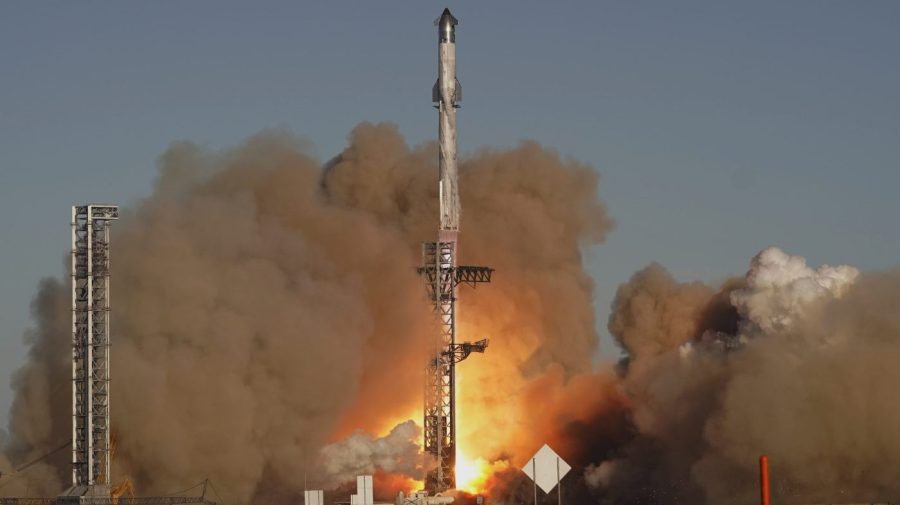
Elon Musk is a polarizing figure. From his takeover of Twitter to his provocative public pronouncements to his outsized role in the election of President Trump and control of the levers of power in his administration, there are not many with a neutral opinion of him.
On the other hand, he has transformed two large sectors of the transportation industry. Tesla triggered an irreversible shift from gas-powered cars toward electric vehicles, and SpaceX has dramatically lowered the cost of getting into Earth orbit.
Musk has long envisioned colonists on Mars. This seems like a fever dream, but it recently featured in Trump’s inaugural speech. Trump said that the U.S. will plant the Stars and Stripes on Mars and “We will pursue our Manifest Destiny into the stars.”
Musk’s influence in the new administration could upend NASA’s staged approach to leaving the Earth, which uses the Artemis program to send a series of crewed missions to the Moon and build a space station to support human habitation there. NASA’s plans would not put the first astronauts on Mars until the late 2030s at the earliest.
But that’s far too slow for Musk. He wants to go straight to Mars, getting there by 2029. He wrote on X, “The Moon is a distraction.”
How feasible is Musk’s plan?
Mars is a stretch goal. SpaceX has had undeniable success with its workhorse Falcon 9 rocket, and the company has been sending astronauts and supplies to the International Space Station for over a decade. However, the Space Station is at an altitude of 250 miles, just half a day’s “drive” straight up. Mars is up to a million times farther away.
The challenges start with stubborn physics. Fuel must be minimized, because most of the energy cost of getting to Mars and back involves accelerating and decelerating the mass of the fuel, not the much smaller mass of the astronauts. To conserve fuel, the best trajectory involves a trip lasting nine months. The varying distance between the Earth and Mars means suitable launch windows happen only once every 26 months, with the entire trip taking about three years.
Musk’s Mars vision will live or die based on the success of the Starship rocket, the largest and most powerful rocket ever built, which has made steady progress in its seven test flights so far. But Starship has never carried astronauts, landed on another planet, lifted off from another planet without a launching pad or shown that it could return safely from Mars.
The list of technical challenges for sending astronauts to Mars is daunting. Starship will need to become reliable enough for a fleet of starships to go to Mars, refueling in Earth orbit. The immediate problem is that Starship does not have the payload capacity for all the “consumables” — fuel, food, water, air — that are needed to send three astronauts to Mars. As a result, the technical feasibility of the SpaceX plan is in doubt.
Even more consumables are required for the 16 months the astronauts would have to spend on Mars. Martian soil could be mined for water, oxygen and construction materials, but the relevant technologies are untested. Starships would need to be refueled with oxygen and methane drawn from the atmosphere, which is another unproven technology.
A fleet of uncrewed Starships could be sent ahead of time to establish infrastructure using robots and 3D printing and prepare for astronaut arrival. But that adds another layer of speculation and uncertainty to the enterprise.
There are also enormous challenges in keeping astronauts healthy and safe on a trip to Mars. Meeting those challenges would require advances in life support, nutrition, hygiene, medical care and psychological care during three years of isolation without real-time communication with Earth. Astronauts would also suffer 10 times their lifetime’s radiation dose on Earth.
Musk is unfazed. He’s already thinking ahead to a million Mars colonists by 2050, a goal that would require building and launching 100 Starships a year for a decade. Left unsaid is who would pay for all this.
In the next few years, we’ll find out how far the dream is from the reality.
Chris Impey is a professor of astronomy at the University of Arizona who has written books on cosmology, astrobiology and the future of space travel.












